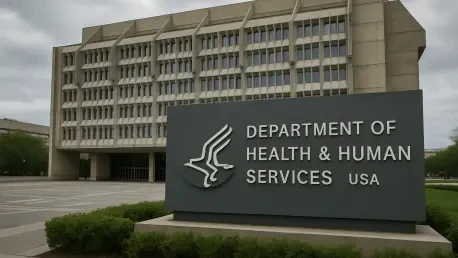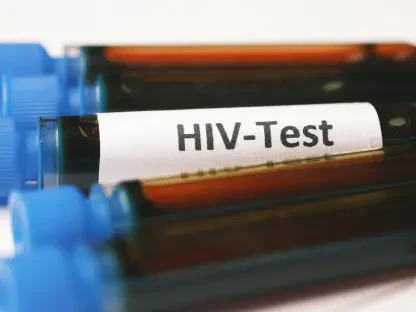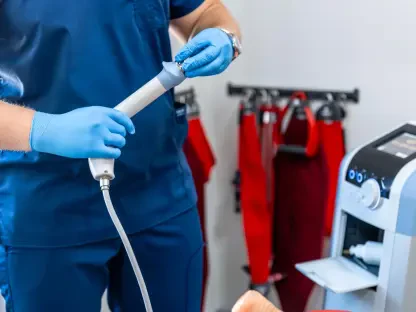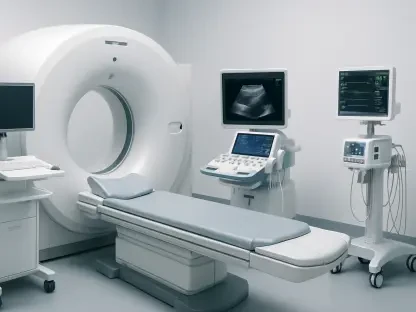Today, we’re diving into the critical topic of a potential government shutdown and its far-reaching effects on federal healthcare operations with an expert in the field, Dr. Sarah Bennett. With over two decades of experience in federal health policy and a deep understanding of government contingency planning, Dr. Bennett has advised multiple administrations on navigating funding crises. As the specter of a shutdown looms, threatening to furlough over 40% of the Department of Health and Human Services (HHS) workforce, her insights are more vital than ever. This conversation explores the operational disruptions at HHS, the uneven impact across its agencies, the protection of essential programs, and the broader implications of a prolonged funding impasse for public health and federal employees.
How does a government shutdown impact the day-to-day operations at the Department of Health and Human Services?
A government shutdown essentially puts a halt to non-essential functions at HHS. This means routine activities like responding to public inquiries or processing Freedom of Information Act requests grind to a stop. Oversight of research grants and contracts also gets paused, and data collection and analysis—key to informing health policy—ceases. The department operates on a skeleton crew, focusing only on what’s deemed critical to protect life and property. For the average person, this could mean delays in getting information or support from HHS, and for the broader system, it stalls progress on important health initiatives.
What specific programs or services under HHS are most at risk of being slowed down or stopped during a shutdown?
Several key areas take a hit. Rulemaking, for instance, which often comes from the Centers for Medicare & Medicaid Services (CMS), gets delayed due to limited staff. Communication from the Centers for Disease Control and Prevention (CDC) to the public about health risks and updates is severely hampered. At the National Institutes of Health (NIH), the Clinical Center won’t admit new patients unless it’s medically urgent. These disruptions can have a ripple effect, impacting everything from policy updates to public health responses and patient care.
Can you explain the scale of the planned furloughs at HHS and which agencies are bearing the brunt of these cuts?
The numbers are staggering—HHS plans to furlough about 41% of its workforce, which translates to roughly 32,000 employees. The impact isn’t evenly distributed, though. The Agency for Healthcare Research and Quality faces a 90% staff reduction, which is devastating for health services research. The NIH is looking at 75% of its staff being furloughed, while the CDC loses 64%. CMS isn’t spared either, with 47% of its staff on furlough. These cuts reflect the varying roles and funding structures of each agency, but they all point to significant operational challenges.
Why are some agencies like the Indian Health Service exempt from furloughs while others face such drastic reductions?
It comes down to funding mechanisms. The Indian Health Service has advance appropriations for the upcoming fiscal year, meaning their budget is secured ahead of time and isn’t tied to the annual funding battles in Congress. Other agencies, like the CDC or NIH, rely on discretionary funding that gets caught up in these shutdown disputes. This disparity shows how funding structures can protect certain programs while leaving others vulnerable when the government fails to pass a budget.
How do these furloughs affect HHS’s ability to serve the public effectively?
The impact is profound. With over 40% of staff sidelined, response times slow down, and some services just aren’t available. For example, CMS’s reduced oversight of major contractors could lead to gaps in managing healthcare programs. At the CDC, limited staff means less capacity to communicate urgent health information to the public. These furloughs don’t just affect internal operations—they directly touch the lives of Americans who depend on HHS for timely support, information, and health services.
Why are programs like Medicare and Medicaid unaffected by a shutdown, and how does that contrast with other HHS operations?
Medicare, Medicaid, and the Children’s Health Insurance Program are classified as mandatory spending programs. Their funding is authorized by law and doesn’t depend on annual appropriations, so they keep running regardless of a shutdown. This is a stark contrast to discretionary programs under HHS, like research or public health initiatives, which rely on Congress passing a budget. It’s a relief that these critical safety nets remain intact, ensuring millions of Americans still have access to healthcare coverage during a crisis.
How are the Affordable Care Act exchanges able to continue operating as usual during a shutdown?
The Affordable Care Act exchanges are funded through user fees collected from insurers, not through annual congressional appropriations. This self-sustaining model means they’re insulated from the funding disputes that trigger a shutdown. So, even as other parts of HHS grind to a halt, individuals and families can still access and enroll in health plans through the exchanges without interruption, at least for the immediate future.
What essential activities will agencies like the FDA and CDC still manage to carry out during a shutdown?
Both the FDA and CDC prioritize activities that protect public safety. The FDA continues to handle food and drug reviews, ensuring that critical approvals and safety checks aren’t delayed. The CDC keeps monitoring for disease outbreaks, which is vital for preventing public health crises. These are seen as essential functions—directly tied to protecting life and health—so they’re maintained even with a drastically reduced workforce. It’s a bare-bones approach, focusing only on what can’t be paused without immediate risk.
What additional challenges might HHS face if a shutdown drags on for an extended period?
A prolonged shutdown pushes HHS into tougher territory. The contingency plan hints at the possibility of further cuts, meaning even more programs or staff could be sidelined. Resources that are already stretched thin get depleted, and the department might have to reassess what’s considered ‘essential.’ This could delay recovery efforts once the government reopens, as backlogs pile up. There’s also the psychological toll on federal employees, who face uncertainty about their livelihoods, which can impact morale and productivity long-term.
What is your forecast for the long-term impact of recurring government shutdowns on federal healthcare programs and workforce stability?
Recurring shutdowns create a dangerous cycle of instability for federal healthcare programs and the workforce behind them. Each shutdown erodes trust in government reliability, both for employees and the public who depend on these services. Over time, we risk losing talented staff who seek more stable careers elsewhere, and critical programs could face permanent damage from repeated disruptions. If political gridlock continues to weaponize funding, we might see a fundamental shift in how federal health agencies operate—potentially prioritizing only the bare minimum, which would be a disservice to public health. I think we’re at a crossroads where Congress needs to find a more sustainable way to handle budget disagreements, or the consequences for healthcare could be dire.









